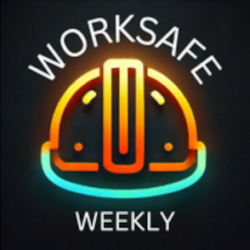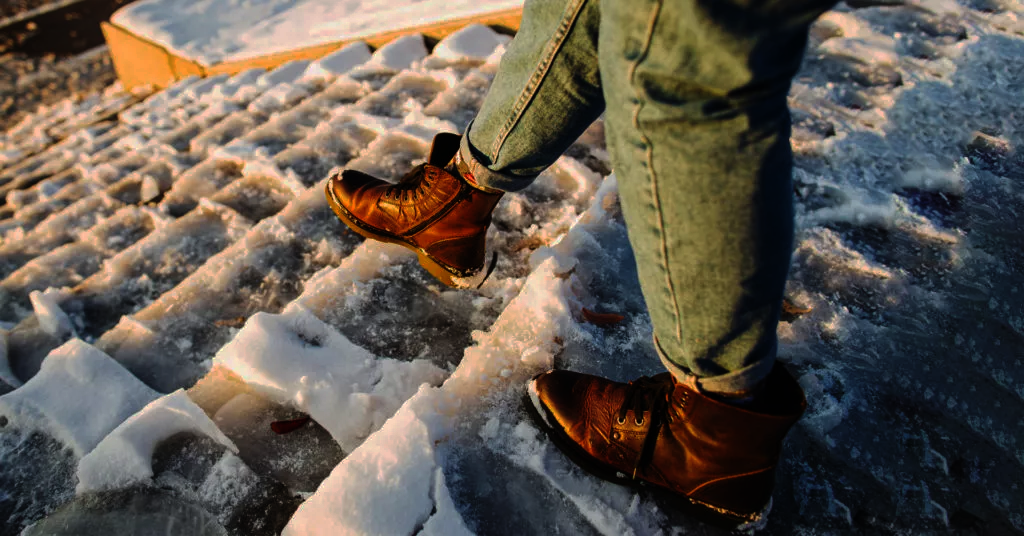Master Winter Driving Safety: Protect Your Team, Vehicles, and Bottom Line
It’s that time of year again—when the roads resemble ice rinks and every commute feels like a high-stakes expedition to the Arctic. While winter driving may bring visions of snow-dusted landscapes and hot coffee on-the-go, it also serves up a not-so-cozy menu of hazards: black ice, poor visibility, and unpredictable drivers.For safety managers, business owners, and employees, the stakes are twofold: ensuring everyone makes it to work and home again safely while minimizing costs that come with accidents, delays, and lost productivity.
Here’s how to prepare your team—whether they’re driving company vehicles or their personal cars—for the road ahead.
Winter Driving: Safety Tips to Keep Your Team Safe
1. Prepare Vehicles for Winter’s Worst
Vehicle maintenance is the foundation of winter safety. A neglected vehicle in harsh conditions is an accident waiting to happen. Proactively maintaining both company and personal vehicles reduces risks, prevents breakdowns, and ensures smoother operations:
- Tires and Tread Depth: Tires are critical for winter traction. Ensure company vehicles have adequate tread and consider winter tires for extreme conditions. Teach employees how to check their tire pressure, as cold air reduces it quickly.
- Battery Checks: Batteries lose strength in freezing temperatures. Test battery voltage regularly, especially in vehicles parked outside.
- Fluid Levels: Keep windshield washer fluid full with a winter-grade formula, and ensure antifreeze levels are adequate. Employees should also check oil levels more frequently in the winter.
- Wiper Blades: Replace worn wiper blades to maintain visibility in snow, sleet, and freezing rain.
- Emergency Kits: Every vehicle should be stocked with essentials: flashlights, blankets, jumper cables, non-perishable snacks, first aid supplies, and a portable phone charger.
2. Defensive Driving for Winter Roads
Even the best-prepared vehicle isn’t immune to winter’s hazards. Equip your team with these lifesaving habits:
- Clear Your Vehicle: Snow or ice on a roof or hood can quickly impair visibility or fly off, endangering other drivers.
- Slow Down and Spread Out: Winter driving requires slower speeds and more distance between vehicles. Doubling or tripling your usual following distance is a must.
- Avoid Sudden Movements: Accelerate and brake slowly to maintain control. Anticipate stops and turns well in advance to prevent skidding.
- Be Ready for Skids: If the vehicle begins to slide, turn the wheel in the direction of the skid. Avoid slamming on the brakes.
3. Navigating Black Ice
Black ice is one of the stealthiest winter dangers. Teach employees to handle it like pros:
- Don’t Tailgate: Leave extra space between vehicles to account for invisible ice patches.
- Ease Into Movements: Accelerate, decelerate, and turn gradually. Sudden changes can cause a loss of control.
- Stay Neutral: If you sense black ice ahead, put the car in neutral and let momentum carry you across it without braking or accelerating.
Planning Ahead: The Key to Safe Winter Driving
Preparation is just as important as maintenance and technique. Encourage employees to integrate these practices into their daily winter routines:
- Monitor Weather Reports: Knowing the forecast can help employees plan better and avoid hazardous conditions.
- Leave Extra Time: Rushing is a recipe for disaster on icy roads. Encourage employees to build in a time buffer for their commutes.
- Stay in Touch: Maintain open communication during severe weather. If an employee feels unsafe driving, give them the flexibility to delay or skip travel.
The Financial and Human Stakes
Every fender bender isn’t just a dent in a car; it’s a dent in your bottom line. According to OSHA, motor vehicle crashes cost employers $60 billion annually in medical care, legal expenses, property damage, and lost productivity. A single workplace accident can disrupt operations, delay projects, and spike insurance premiums.
More importantly, behind every dollar sign is a human life. A minor lapse in judgment can lead to serious injuries—or worse. Ensuring your workforce is equipped with the knowledge and tools for safe winter driving isn’t just good business sense; it’s a moral imperative.
The Business Perspective
Winter accidents can cripple budgets and operations. Here’s how they impact your bottom line:
- Insurance Costs: A single accident can raise premiums, especially for fleet policies.
- Productivity Loss: An employee injured in an accident may face weeks of recovery, creating gaps in staffing and morale.
- Vehicle Downtime: Repairs to damaged vehicles delay operations and add to expenses.
- Reputation Damage: Avoidable accidents involving company vehicles can tarnish your company’s safety record.
The Human Perspective
Ensuring employees’ safety isn’t just good business—it’s the right thing to do. Every accident prevented means one more family with their loved one at home that evening.
Winter Driving Checklist for Safety Managers
- Conduct Regular Vehicle Inspections: Build maintenance checks into your safety protocols, especially for fleet vehicles.
- Host Winter Driving Workshops: Equip employees with knowledge on defensive driving, handling skids, and spotting hazards like black ice.
- Distribute Emergency Kits: Make sure every company vehicle is stocked and employees know what to carry in their own cars.
- Promote a Safety-First Culture: Foster open communication about delays, hazards, or concerns without fear of backlash.
Driving Home Safety
Winter may come every year, but accidents don’t have to. By combining meticulous preparation, defensive driving techniques, and a commitment to employee well-being, you can transform icy roads from treacherous challenges into manageable risks.
This winter, make safety a priority—on company time and personal time. When employees feel supported, they’ll drive smarter, work harder, and trust you to have their backs.




